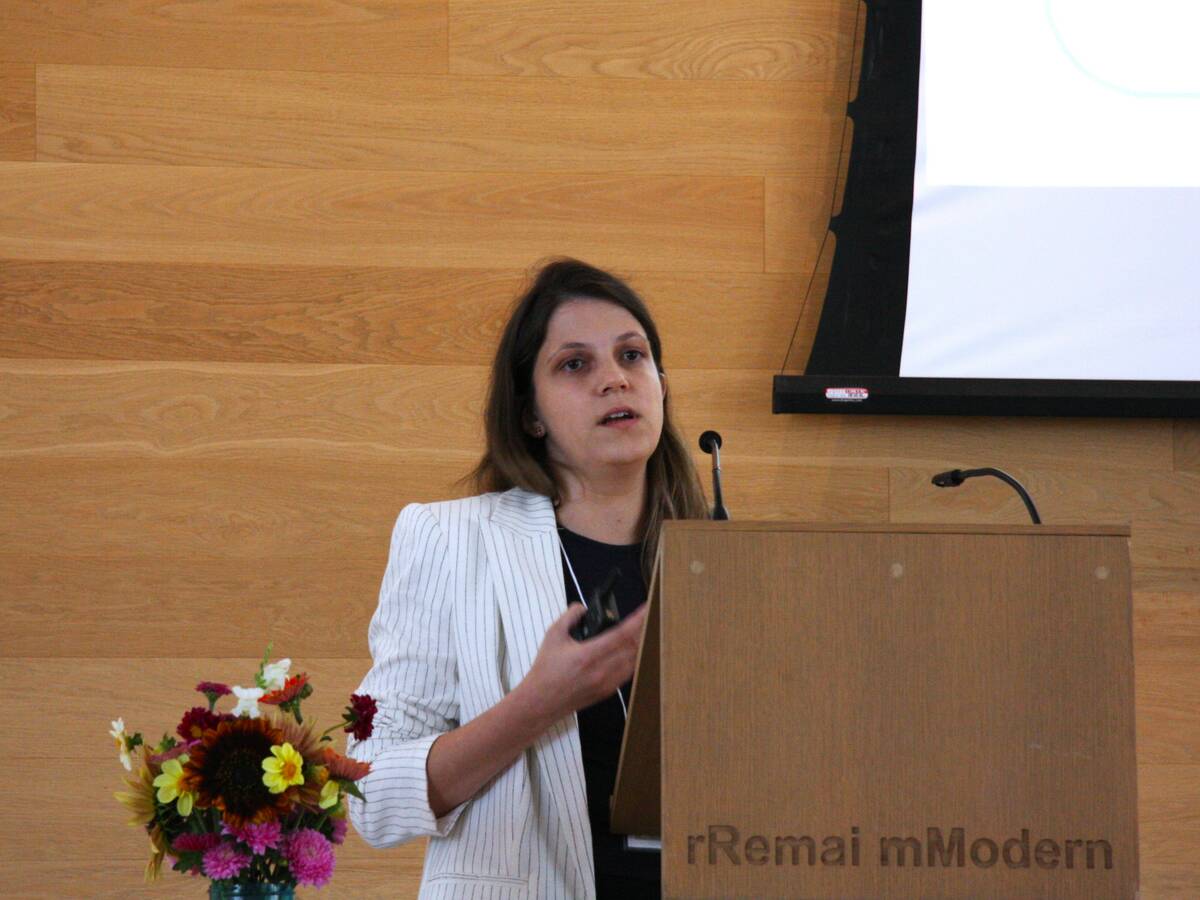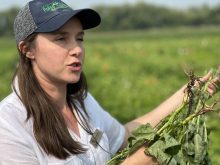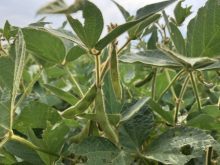Hiring a scientist for cattle feeding advice may seem a luxury in these troubled times, but now could be the time producers need nutritional services most.
Nutrition consultants in the cattle feeding industry are common, but nutritionists are few and far between said one of the “three or so of us in Alberta.”
Scott Schake of Okotoks, Alta., said producers should ask if their nutritionist has a masters or doctorate level of education in ruminant nutrition and should review their experience.
He said cattle feeders need to consider the source of their feeding advice.
Read Also

Fusarium head blight mycotoxin detector in the works
A PhD student at the University of Saskatchewan has been working on developing a method of detecting fusarium damaged kernels to ease the struggles of producers, agronomists and industry.
“Is somebody trying to sell you their products or their experience and advice? You need to know that before you buy,” he said.
Barry Robinson of Great Northern Livestock Consulting in Westlock, Alta., agrees.
“Nutritionists aren’t just for the 20,000 head operation. We have the same effect on 1,500-animal businesses. It is about feeding efficiency,” said Robinson while speaking at the Western Canada Feedlot Management School held at the Western College of Veterinary Medicine in Saskatoon.
Feed mills can and do employ good consultants, “but your consultant should always put your needs first and the mill’s needs second,” he said.
Paying for a nutritionist shouldn’t be an issue for producers, according to both men.
Schake said producers should “nearly in every case be able to pay a nutritionist from what they gain in feed performance and pocket an improved bottom line.
“If not, my company wouldn’t be around,” he said.
Schake works for Nutrition Service Associates, part of a 30-year-old Colorado based company that says it provides advice to 20 percent of North America’s feeder cattle, as well as swine, poultry and specialty livestock.
Robinson said feed consultants come with many pedigrees, but the major factor producers should consider is for whom they are working.
“Have they visited your operation? Do they visit regularly? Can you get a hold of them fast if need be? When you do get them, how long does it take to get an answer?”
Each operation is different, said Robinson. Small lots feeding unique feeds can be highly efficient. But to be efficient they have to know what they’re feeding and why.
Schake said feed sampling and benchmarking are critical in establishing economic predictability in the feedlot.
“There are enough things that are out of the control of the cattle feeder. This is high risk business environment and your feeding performance should be one of the things that you can count on,” he said.
Robinson advised his clients to sample their feeds regularly and reliably.
Grain is more difficult to measure because of its high rotation at the feedlot and the week delay it takes to get the test results back.
However, having the samples on-hand after the fact can be critical in identifying and solving problems. It is important to conduct the analysis whenever new or irregular feed sources arrive.
“Forages are critical to test … crude protein can range from seven to 14 percent in cereal silage in any season. Those kinds of numbers are crucial to successful feed performance,” said Robinson.
He said producers should expect their feed consultant to ask critical questions including average in and out weights of typical animals, average daily gain, gender, frame scores, flesh, historical data and implant strategies.
“There is a world of (agricultural and food) byproducts out there. They might seem like a bargain, and some are, but they have to not just be bought right, they have to be fed right to make money. Even then it won’t all make you money at the end of the day,” said Robinson.
“If feeding cheap screenings introduces an increased weed population onto your barley fields (through manure spreading and pen cleanout), that needs to be factored into your overall costs,” he said.
John McKinnon, a livestock nutrition scientist and a research chair at the University of Saskatchewan, said the college has measured feed efficiencies of screenings and about 80 percent is converted into energy by feeder cattle.
Schake said producers must compare byproducts to barley, corn or other sources of feeds.
“Feed cost is only part of the picture,” Schake said.
“This is a complex balancing act of the right feed, the right bunk management, supplements, the right animal health products … implanting effectively … we help train feedlot staff to use it all. It’s the economics of nutrition.
“Ruminant nutrition is a science. There is nothing wrong with hiring expert advice if it makes you money,” he said.














